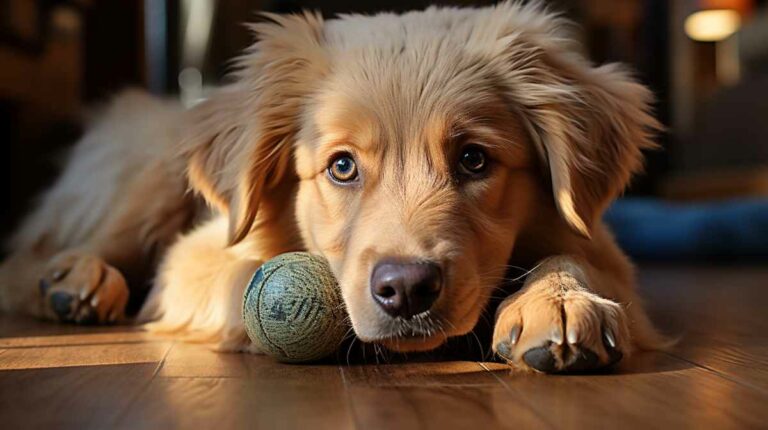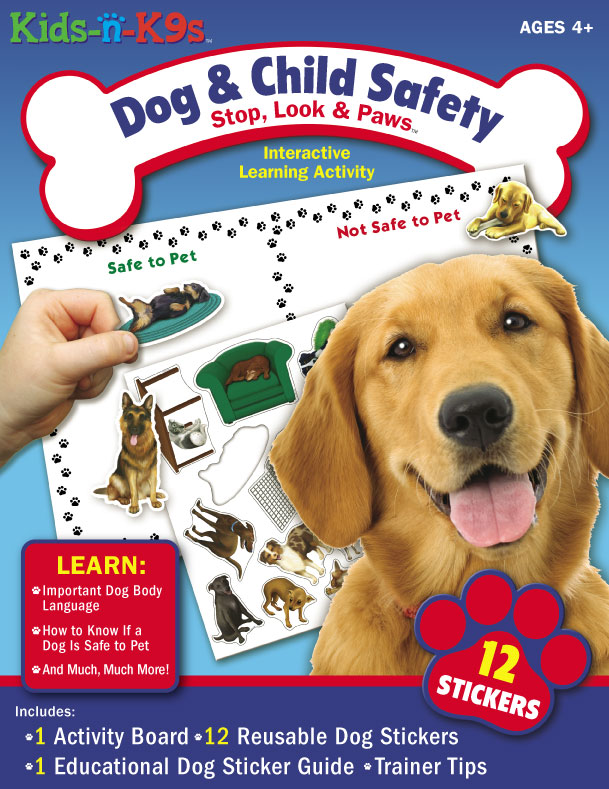Understanding Puppy Biting
Puppies explore and make sense of the world with their mouths. Nipping and mouthy play come naturally to them, especially as they begin teething around 12-16 weeks old. Those sharp little razor teeth erupting can lead to increased nipping behavior. Mouthing and play biting on human hands or skin can certainly be painful and unpleasant, but it’s crucial not to confuse this with aggression in puppies.
Biting during play enables pups to practice inhibiting the force of their bites, known as “bite inhibition”. By yelping or withdrawing contact when littermates bite too hard, they learn to moderate their jaws. This also establishes boundaries for appropriate play.
While painful puppy bites aren’t fun for owners, reactive punishment can make behaviors worse. Puppies may interpret yelling or physical disciplining as rewarding attention or have a the negative effect of making them fearful. Instead, stay calm, and interrupt the nip with a calm verbal cue like, “eh, eh” or “No”. When the puppy stops for a moment to process the interruption, that is the time to redirect to appropriate chew toys or another activity. This reinforces good manners. Be sure to always follow up with praise! If the puppy continues to nip, make it clear that biting leads to withdrawal of attention or play.
Understanding the innate tendencies of certain breeds equips owners to tailor training approaches. For example, herders benefit from impulse control games while retrievers redirect well to chew toys. While basic bite inhibition remains essential, true aggression is exceptionally rare in puppies.
Redirecting Your Landshark
Puppies explore objects like furniture, shoes, or hands with their mouths. Having appropriate alternatives handy is key for redirection. Consider this “puppy proofing” chew toy arsenal:
- Kong Toys – These ultra-durable rubber toys provide mental and physical stimulation. You can stuff treats or spreads inside adding an engaging challenge. The erratic bouncing keeps high energy focus.
- Rope Toys – Flossing rope textures soothe swollen gums during teething. Tugging games allow healthy biting and wrestling outlets while interacting with owners.
- Soft Squeaky Toys – These capture excitement by mimicking the sounds of prey. Just monitor shredded pieces as choking hazards if they are aggressive chewers.
- Textured Rubber Bones – Tough textured surfaces massage irritated mouths. It can be stuffed with spreads or frozen for numbness relief. Durable for more aggressive puppy biters.
- Frozen Washcloths – Perfect for short-term cooling, the cold temperature and texture ease teething pain. It is best for moderate chewers under supervision to avoid consuming fabrics.
When those sharp teeth target your fingers or pant legs stop all movement, interrupt with a calm verbal cue, and swiftly substitute an approved chewy. The goal is to communicate what items are rewarding “chew toys” versus “hands-off” zones early and often through interruption and redirection.
Other Proactive Solutions for Biting
While having suitable chew replacements on hand is central to curb biting, other techniques can mitigate and discourage nippy behavior.
Enforced nap times are critical for over-tired pups prone to cranky, hyperbites. If your puppy gets relentless even after attempts to redirect, placing them in their crate or an exercise pen forces them to settle down. Once calmness returns allow them to join the rest of the family. Avoid using the crate as a punishment. Short rest periods followed by releasing once calm should keep the crate a positive resting space. Establishing a consistent schedule with enough sleep prevents overtired meltdowns.
You also want to avoid rough, riled-up styles of play, such as wrestling, that will bring out chompy behaviors. Instead, focus engagements on teaching impulse control through gentle handling exercises. Reward patience and gentleness heavily. Additionally, always end interactions BEFORE frustration or biting sets in. Quit while you’re ahead for positive associations.
Responding to Puppy Bites
Even if you diligently redirect biting and enforce good habits, those needle-sharp teeth may still find an unintended target. It’s critical to react appropriately in the moment to reinforce that mouthing flesh is unacceptable.
For less intense nips, immediately yelp “ouch!” in a high-pitched voice like a wounded litter-mate. This signals pain communicating to withdraw. Turn away or stand up ending fun and attention. This technique is recommended for children. Some pups pick up on yelping quickly. However, others can get more amped up by noise so assess your individual pet’s wiring.
If yelping fails or biting escalates, calmly get up and remove yourself behind a secure gate or use your crate. Continuing play risks rewarding pups for biting harder out of prey drive. Come back once your pup has relaxed and offer an approved toy instead if they remain calm when you return. Time-outs reinforce that humans are no fun if biting persists.
Conclusion
Puppy biting and nipping stems from normal developmental phases of teething, curiosity and play. By understanding causes behind mouthy pup behaviors, owners can avoid frustration and mitigate bites through redirection strategies. Stocking up on approved chew toys, enforcing nap times, avoiding rile-up play and appropriately responding provides a game plan. Remember, this too shall pass! Soon those sharp puppy daggers give way to gentler adult mouths. Stay diligent, using positive reinforcement and your landshark transitions seamlessly from nippy rascal to model canine citizen.
However, if mouthing or harder bites still persist beyond six months of age, consulting an experienced professional trainer or certified behaviorist is prudent. They can perform a full evaluation and help you better understand any potential fear, dominance, or situational factors contributing to ongoing inappropriate biting. With a personalized training plan, most puppies overcome the nip. But seeking in-person, tailored guidance remains wise if problems indeed outlast those sharky puppy teeth!




